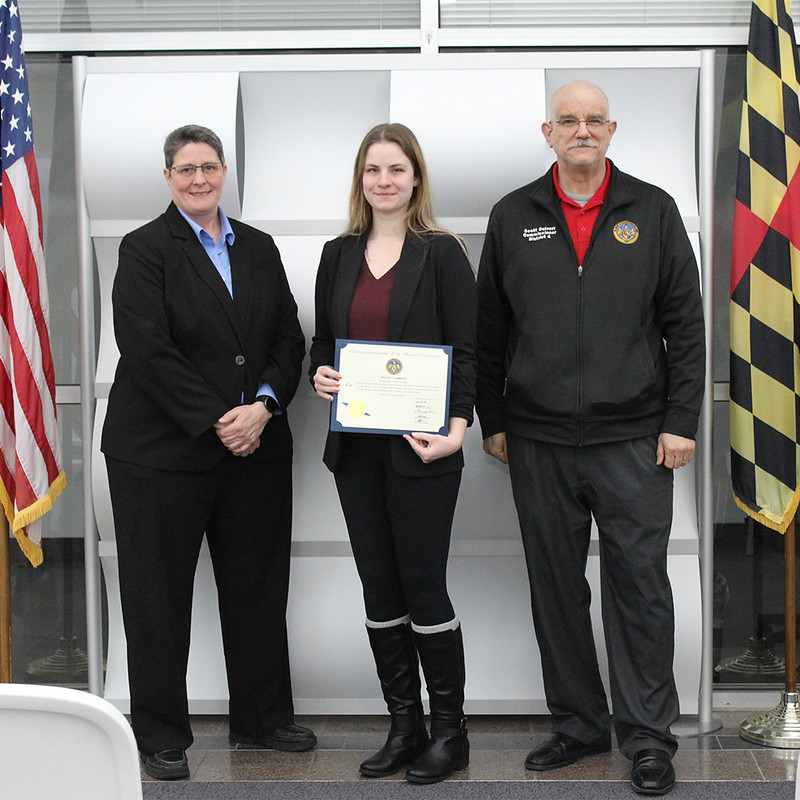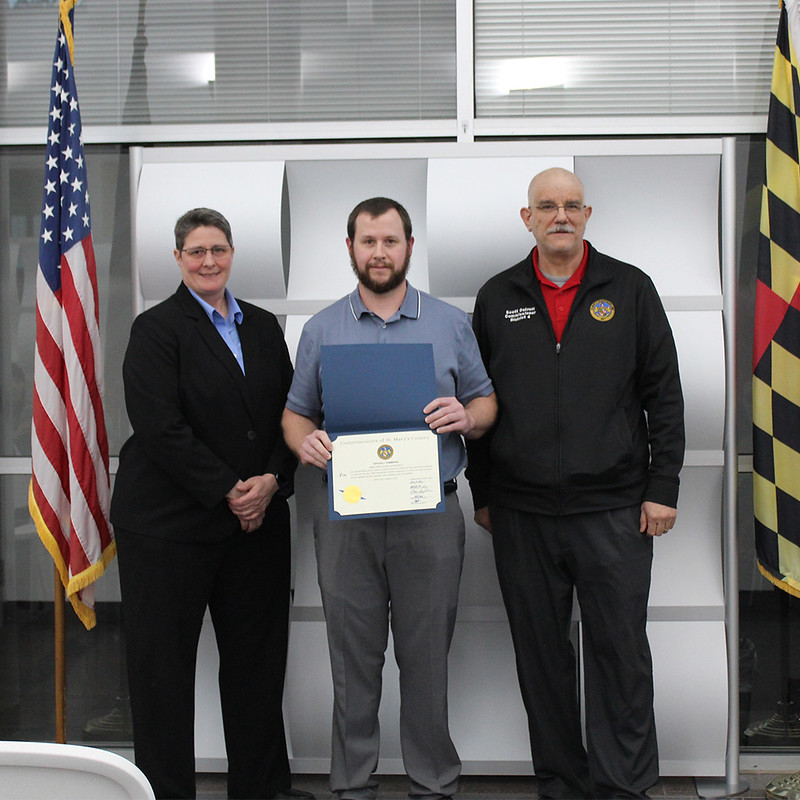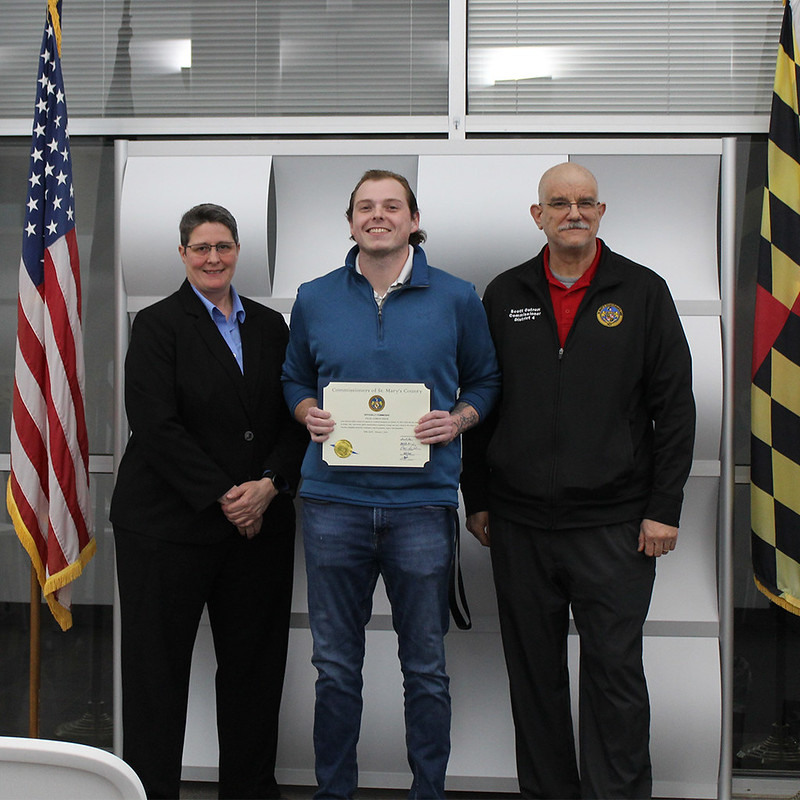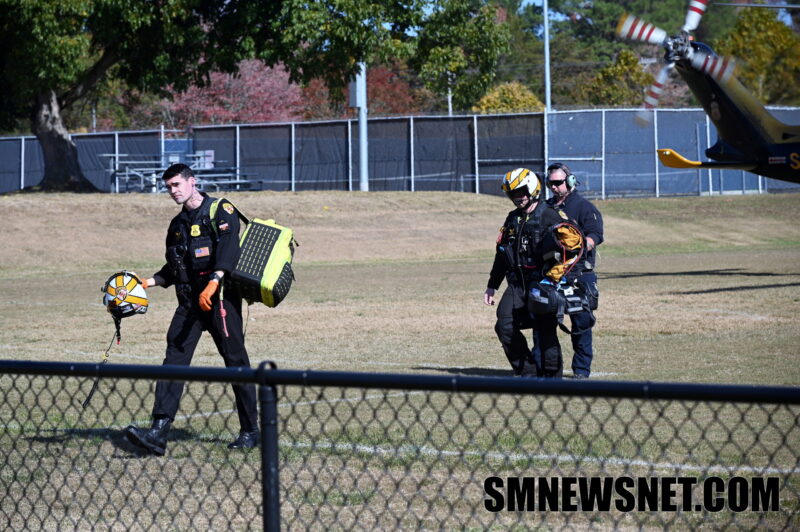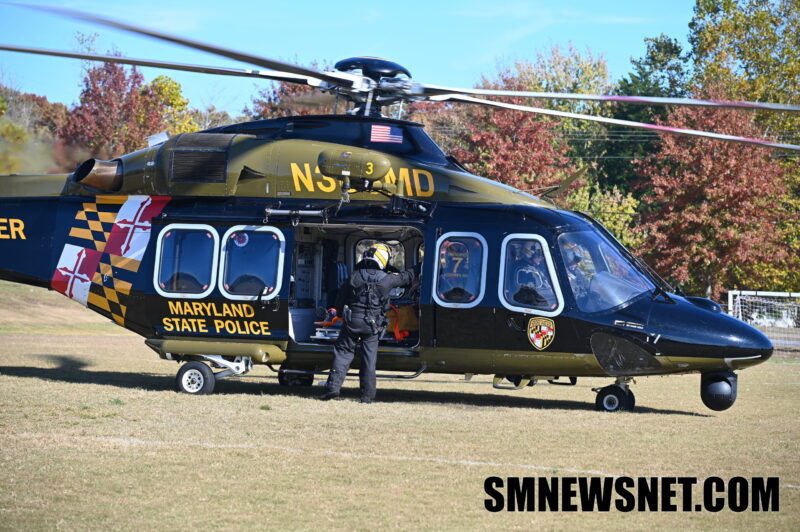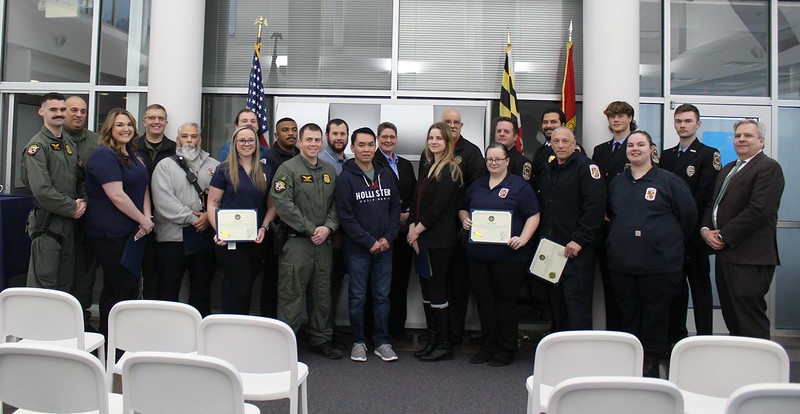 UPDATE 2/6/2025: In October 2024, three bystanders encountered an individual who had collapsed on FDR Boulevard in Lexington Park, Maryland.
UPDATE 2/6/2025: In October 2024, three bystanders encountered an individual who had collapsed on FDR Boulevard in Lexington Park, Maryland.
Demonstrating a remarkable presence of mind and courage, the bystanders promptly initiated CPR and contacted Emergency Services by dialing 9-1-1.
Upon the arrival of Fire and Emergency Medical Services, CPR was continued and additional life-saving interventions were administered.
The patient was subsequently transferred to Maryland State Police Aviation Command for advanced care and transportation to a specialized cardiac facility.
Thanks to the swift and decisive actions of these bystanders and the first responders, the patient survived the medical emergency. This incident underscores the extraordinary impact of community, compassion, and prompt action.
Cardiac arrest is a sudden and unexpected event that can strike anyone at any time. The chain of survival comprises several critical links: early recognition, calling for help, early CPR, rapid defibrillation, effective emergency care, and integrated post-cardiac arrest care. Each link in this chain is essential, and overall success depends on the strength of each individual link.
Last night, the St. Mary’s County Department of Emergency Services hosted an event to honor the life-saving impact of bystander CPR and to commend the local heroes who reinforced one of the most crucial links in this chain: early CPR. The bystanders’ actions—recognizing the emergency, calling 9-1-1, and performing CPR—made the difference between life and death.
Their bravery serves as a powerful reminder of the importance of life-saving CPR training and the profound impact one person can have on another’s life. We also recognized the first responders involved in this incident for their continued high-quality and compassionate care during every call for service.
11/6/2025: On Tuesday, October 29, at approximately 12:52 p.m., police, firefighters and emergency medical services responded to the area of FDR Boulevard and Buck Hewitt Road in Lexington Park, for the reported unconscious male.
Prior to the arrival of all responding crews, 911 callers further advised the unknown aged man was not breathing with citizens starting CPR.
Firefighters arrived on the scene within 2 minutes of dispatch to confirm CPR in progress.
At 1:09 p.m., medical personnel advised they obtained “Return of Spontaneous Circulation” (ROSC) after approximately 15 minutes of CPR and requested a helicopter to land nearby for a “STEMI” patient.
One witness reported that while driving down Buck Hewitt Road, they observed the male walking when he suddenly collapsed, after calls to 911 were made to report the unconscious victim, other Good Samaritans found the victim had stopped breathing and began CPR until firefighters arrived on scene.
Updates will be provided when we receive them.
CPR (Cardiopulmonary Resuscitation) is an emergency life-saving procedure performed when the heart stops beating. It combines chest compressions and rescue breaths to manually preserve intact brain function until further measures are taken to restore spontaneous blood circulation. CPR can double or even triple the chances of survival after cardiac arrest by maintaining vital blood flow to the heart and brain, buying critical time until advanced medical care can be provided.
ROSC (Return of Spontaneous Circulation) refers to the resumption of a sustained heartbeat and blood flow following cardiac arrest, often as a result of effective CPR and defibrillation. Achieving ROSC is a critical milestone in resuscitation, as it indicates that the heart has started to beat on its own again. It marks the transition from active resuscitation to post-resuscitation care, where efforts focus on stabilizing the patient and preventing further cardiac events or complications.
STEMI (ST-Elevation Myocardial Infarction) is a severe type of heart attack characterized by a long interruption of blood supply to the heart muscle, often due to a complete blockage of a coronary artery. It is identified on an electrocardiogram (ECG) by the presence of elevated ST segments and requires immediate medical intervention to restore blood flow, typically through medications or procedures like percutaneous coronary intervention (PCI). Rapid treatment is essential to minimize heart muscle damage and improve survival outcomes.
Red Cross Classes near you, can be found by clicking here.
